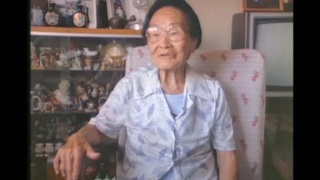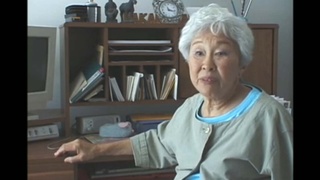Interviews
Recalling Pearl Harbor
I lived about 15 miles from Pearl Harbor, but from there you can see the air activity and the smoke and the fire.
*I: So you were at home?
And then…well yes, this was Sunday, and as we do every Sunday, we were preparing ourselves to go to church. My mother was a very, very devout Methodist. And so, I would be putting on my necktie, at that moment I recall I was putting on a necktie, because a necktie was very significant. I wore a necktie for only funerals, weddings and church. That’s all. And the same applied to shoes. I went to school barefooted. Not after that. See that was one of the big changes, I wore shoes everyday after December the 7th. It’s a big change in my life. That sound insignificant to most people but it was a significant change.
And then all of a sudden, you know while listening to the music this voice comes across, the disc jockey stops the music and he starts, you know, high-pitched voiced, talking about “This is for real, this is for real, is it not an exercise,” I go, what in the world is he talking about? “The Japanese are attacking Pearl Harbor.” Japanese…bombs are dropping. And so my father was in the next room and I went to him and I said I think you should go out there, so we went out into the street looking towards Pearl Harbor and sure enough you could see the smoke rising. And all of a sudden 3 planes flew overhead, they had made their bombing run and they were just going out to the ocean-side, and it was grey in color, with the red sun. And I knew right away, something was gonna happen to all of us. I personally thought the world that I knew was coming to an end, and it did.
*”I” indicates an interviewer.
Date: May 31, 2001
Location: California, US
Contributed by: Watase Media Arts Center, Japanese American National Museum







